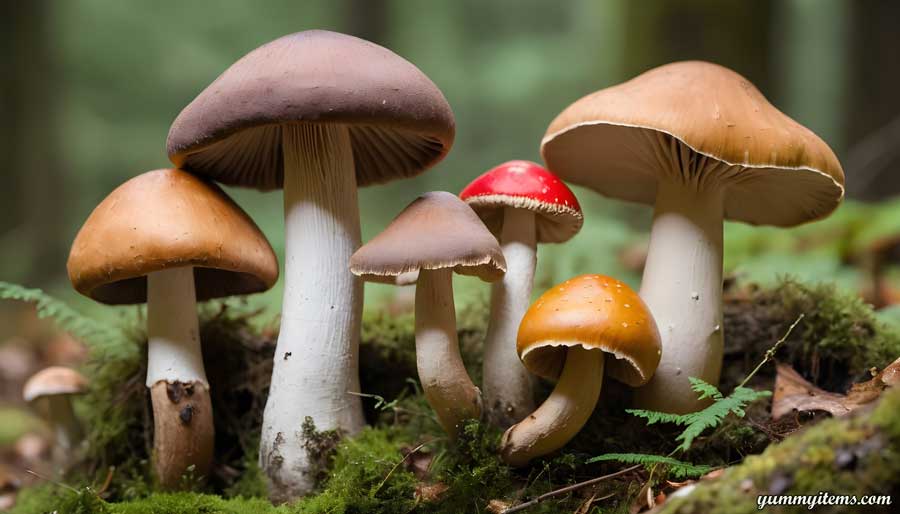Mushrooms have captivated human curiosity for centuries. These enigmatic fungi are not only a culinary delight but also a source of intrigue and mystery. However, the line between edible and poisonous mushrooms is thin, making it crucial to understand the key differences that can mean the difference between a delectable meal and a medical emergency.
In this comprehensive guide, we will explore the world of mushrooms, delving deep into the differences between edible and poisonous varieties. We’ll also touch on topics like mushroom identification, testing kits, treatment for mushroom poisoning, and the consequences of mishandling these fascinating fungi.
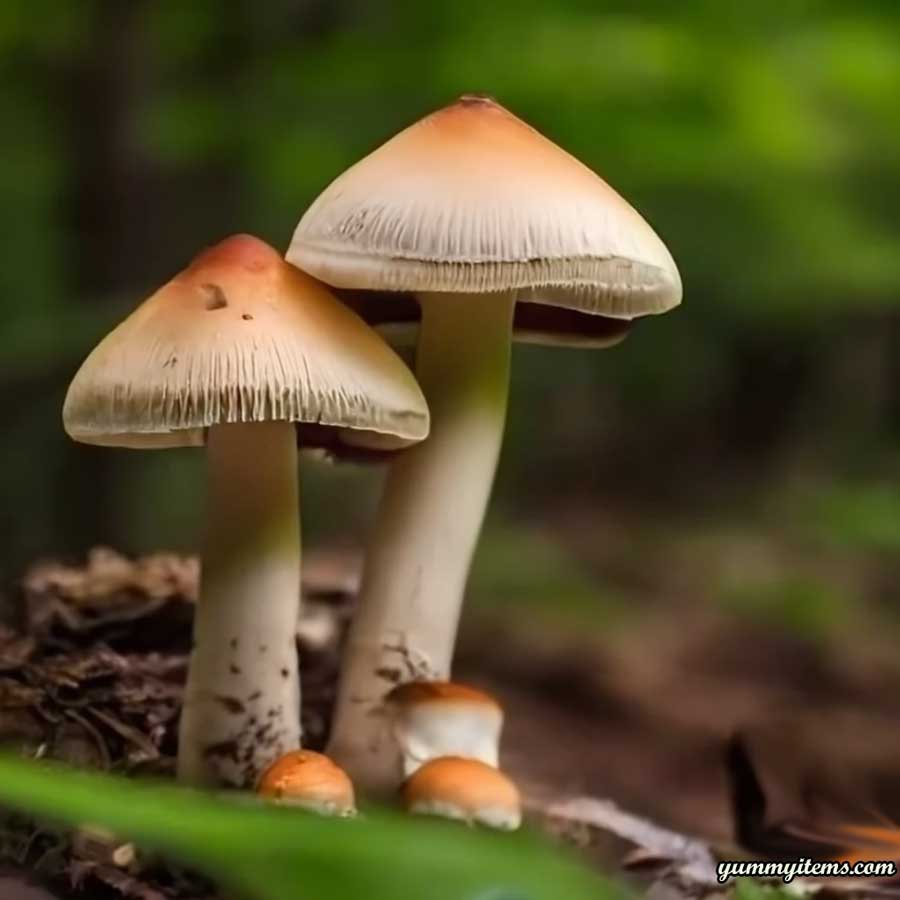
Table of Contents
- The Enigmatic World of Mushrooms
- Introduction to Mushrooms
- Historical Uses and Myths
- Edible vs. Poisonous Mushrooms: Key Differences
- Physical Characteristics
- Habitat and Growth Conditions
- Gills vs. Pores vs. Teeth
- Spore Print Color
- Color Changes upon Bruising
- Odor and Taste
- Common Edible Mushrooms
- Agaricus bisporus (Button Mushroom)
- Pleurotus ostreatus (Oyster Mushroom)
- Lentinula edodes (Shiitake Mushroom)
- Cantharellus cibarius (Chanterelle Mushroom)
- Boletus edulis (Porcini Mushroom)
- Common Poisonous Mushrooms
- Amanita phalloides (Death Cap Mushroom)
- Gyromitra spp. (False Morels)
- Inocybe spp.
- Galerina spp.
- Cortinarius spp.
- Difference Between Edible and Poisonous Mushroom PDF
- Difference Between Edible and Poisonous Mushroom SlideShare
- Difference Between Edible and Poisonous Mushroom PPT
- Non-Edible Mushrooms: A Gray Area
- Mushroom Poisoning Test Kits
- Importance and Availability
- How to Use a Mushroom Poisoning Test Kit
- Mushroom Poisoning: Symptoms and Treatment
- Types of Mushroom Poisoning
- First Aid Measures
- Seeking Medical Attention
- What Happens If You Touch a Poisonous Mushroom?
- Skin Contact Risks
- Safety Measures
- Poisonous White Mushroom Identification
- Common White Poisonous Mushrooms
- Identifying Features
- Conclusion
Let’s embark on this informative journey into the world of mushrooms, beginning with a general introduction.
The Enigmatic World of Mushrooms
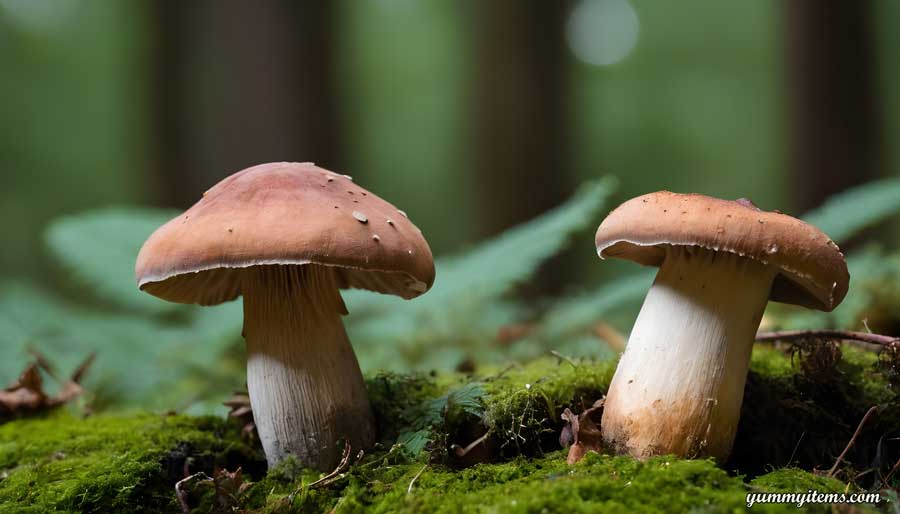
Introduction to Mushrooms
Mushrooms, often referred to as fungi, are a diverse group of organisms that play vital ecological roles in ecosystems. They come in a staggering variety of shapes, sizes, and colors. While some are highly prized for their culinary value, others can be deadly when ingested. Understanding the key differences between edible and poisonous mushrooms is essential for anyone interested in foraging or cooking with wild mushrooms.
Historical Uses and Myths
Mushrooms have a rich history of use by humans for various purposes. In ancient times, they were considered a delicacy by royalty and commoners alike. They have also been used for medicinal and spiritual purposes in different cultures. However, with their intriguing appearances and hidden dangers, mushrooms have also given rise to folklore and myths.
In the following sections, we’ll explore the fundamental differences between edible and poisonous mushrooms to ensure safe mushroom identification and consumption.
Edible vs. Poisonous Mushrooms: Key Differences
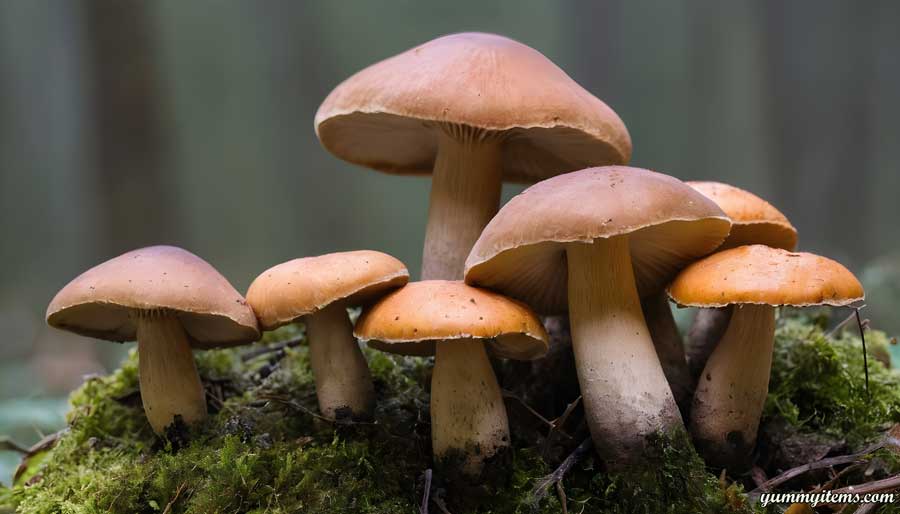
Distinguishing between edible and poisonous mushrooms requires a keen eye for detail. Here are some critical factors to consider:
Physical Characteristics: Pay attention to the cap shape, color, size, and the presence of any distinctive features like warts or scales.
Habitat and Growth Conditions: Different mushrooms prefer specific environments and may grow on different types of trees or in distinct soil conditions.
Gills vs. Pores vs. Teeth: Observe the underside of the mushroom cap. Edible mushrooms typically have gills or pores, while some toxic varieties have teeth or other structures.
Spore Print Color: Take a spore print by placing the cap, gills down, on a white piece of paper. The color of the spore print can be a crucial identification factor.
Color Changes upon Bruising: Some mushrooms change color when bruised or injured. This characteristic can be used for identification.
Odor and Taste: A mushroom’s scent and taste can vary greatly. Some edible mushrooms have pleasant aromas, while others may have a strong or unpleasant odor.
Now, let’s explore some common edible mushrooms to help you recognize safe options for your culinary adventures.
Common Edible Mushrooms
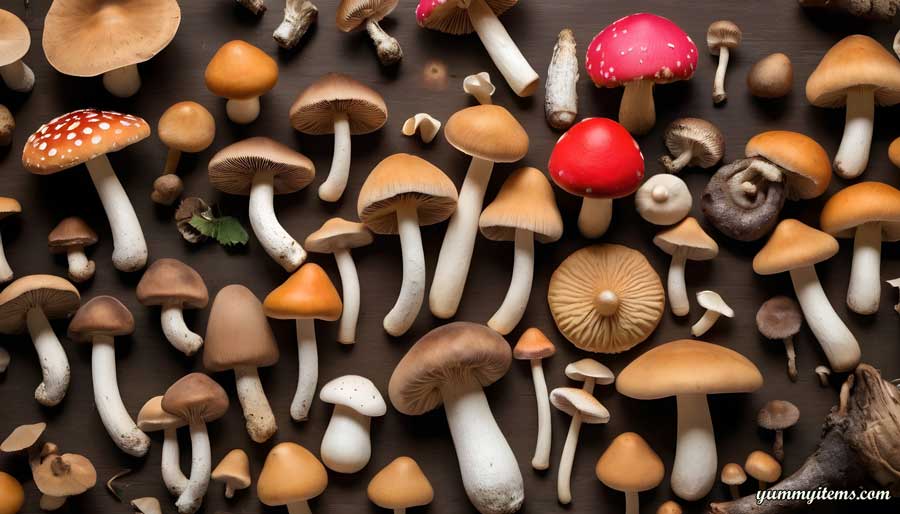
Agaricus bisporus (Button Mushroom): This is one of the most common edible mushrooms, often found in grocery stores. It has a white to light brown cap and gills.
Pleurotus ostreatus (Oyster Mushroom): Oyster mushrooms are popular for their delicate flavor and oyster-like appearance. They have a whitish to light brown cap and gills.
Lentinula edodes (Shiitake Mushroom): Shiitake mushrooms are known for their rich, smoky flavor. They have a brown cap with white gills.
Cantharellus cibarius (Chanterelle Mushroom): Chanterelles are bright orange or yellow mushrooms with a distinct funnel-like shape. They are highly sought after for their flavor.
Boletus edulis (Porcini Mushroom): Porcini mushrooms have a brown cap with a white stem and pores underneath. They are prized for their nutty flavor.
Now that we’ve explored some edible varieties, let’s delve into common poisonous mushrooms to help you steer clear of potential dangers.
Common Poisonous Mushrooms
Amanita phalloides (Death Cap Mushroom): The death cap mushroom is responsible for most mushroom poisonings worldwide. It has a white cap with a distinctive greenish hue.
Gyromitra spp. (False Morels): False morels, while resembling true morels, are toxic. They have a wrinkled or brain-like appearance.
Inocybe spp.: Inocybe mushrooms have brown caps and gills. Some species in this genus contain toxic compounds.
Galerina spp.: Galerina mushrooms are small with brown caps and gills. They can be easily mistaken for edible varieties.
Cortinarius spp.: This genus includes many toxic mushrooms with varying colors and features. Identification can be challenging.
Now, let’s explore resources for learning more about the differences between edible and poisonous mushrooms.
Difference Between Edible and Poisonous Mushroom PDF
For a detailed reference on distinguishing edible from poisonous mushrooms, consider downloading a PDF guide created by mycologists and experts in the field. These guides often provide comprehensive information, detailed images, and tips for safe identification.
Difference Between Edible and Poisonous Mushroom SlideShare
SlideShare presentations offer visual aids and explanations to help you grasp the key differences between edible and poisonous mushrooms. You can find informative slideshows created by mushroom enthusiasts and experts.
Difference Between Edible and Poisonous Mushroom PPT
PowerPoint presentations can also serve as valuable resources for understanding the distinctions between edible and poisonous mushrooms. Look for presentations created by mycologists and educational institutions.
Next, let’s explore the category of non-edible mushrooms, which don’t fall into the strictly edible or poisonous categories.
Non-Edible Mushrooms: A Gray Area
Non-edible mushrooms encompass a wide range of fungal species that are neither toxic nor particularly palatable. While these mushrooms may not pose an immediate health threat, they are often avoided due to their unappetizing taste, tough texture, or potential digestive discomfort. Examples of non-edible mushrooms include some polypores and bracket fungi.
Now, let’s shift our focus to mushroom poisoning test kits, which can help you make informed decisions when foraging or cooking with wild mushrooms.
Mushroom Poisoning Test Kits
Importance and Availability: Mushroom poisoning test kits are valuable tools for anyone who forages or consumes wild mushrooms. They can help confirm the presence of toxic compounds in questionable specimens. These kits are widely available online and at some specialty mushroom supply stores.
How to Use a Mushroom Poisoning Test Kit: Most kits come with detailed instructions on how to collect a sample from a mushroom and perform the test. Generally, the process involves crushing a small portion of the mushroom and applying a chemical reagent to check for color changes indicative of toxic compounds.
Now, let’s explore the symptoms and treatment of mushroom poisoning, should you or someone you know ingest a toxic mushroom.
Mushroom Poisoning: Symptoms and Treatment
Mushroom poisoning can range from mild gastrointestinal discomfort to life-threatening organ failure. It’s essential to recognize the symptoms and seek prompt medical attention if poisoning is suspected.
Types of Mushroom Poisoning: Mushroom poisonings typically fall into several categories, including gastrointestinal, neurotoxic, and hepatotoxic (liver-damaging).
First Aid Measures: In case of ingestion of a potentially toxic mushroom, it’s crucial to induce vomiting (if conscious) and seek medical help immediately. Do not wait for symptoms to appear before seeking medical attention.
Seeking Medical Attention: Medical professionals can provide supportive care, including activated charcoal to absorb toxins, IV fluids, and medications to manage symptoms. Severe cases may require liver or kidney transplant.
Now, let’s address a common concern: What happens if you touch a poisonous mushroom?
What Happens If You Touch a Poisonous Mushroom?
Skin Contact Risks: While touching a poisonous mushroom with your skin is generally considered safe, it’s crucial to wash your hands thoroughly afterward. Some toxic compounds found in mushrooms can be absorbed through the skin and cause skin irritation or allergic reactions in sensitive individuals.
Safety Measures: To minimize the risk of skin contact, wear gloves when handling wild mushrooms. Avoid touching your face or mouth while handling mushrooms and wash your hands immediately after touching them.
Lastly, let’s discuss the identification of poisonous white mushrooms, as some of the most lethal toxic mushrooms fall into this category.
Poisonous White Mushroom Identification
Common White Poisonous Mushrooms: Several white mushrooms are highly toxic, and their identification is critical. One such example is the Amanita genus, which includes the death cap mushroom (Amanita phalloides). These mushrooms often have white caps and gills, making them visually similar to some edible varieties.
Identifying Features: To distinguish poisonous white mushrooms from their edible counterparts, look for identifying features such as the presence of a skirt-like ring (annulus), a cup-like structure at the base of the stem (volva), and a greenish hue at the base.
Conclusion
Mushrooms are a source of wonder and culinary delight, but they also come with inherent risks. Distinguishing between edible and poisonous mushrooms is a skill that can save lives and elevate your culinary adventures. Whether you’re an amateur forager or a seasoned mycophile, always exercise caution and follow proper identification practices when dealing with wild mushrooms.
By understanding the key differences, utilizing resources like PDF guides and presentations, and being prepared with mushroom poisoning test kits, you can safely enjoy the diverse world of mushrooms. Remember that when in doubt, it’s best to leave wild mushrooms in their natural habitat or rely on certified experts for identification. Mushrooms may be enigmatic, but your safety should never be a mystery.

